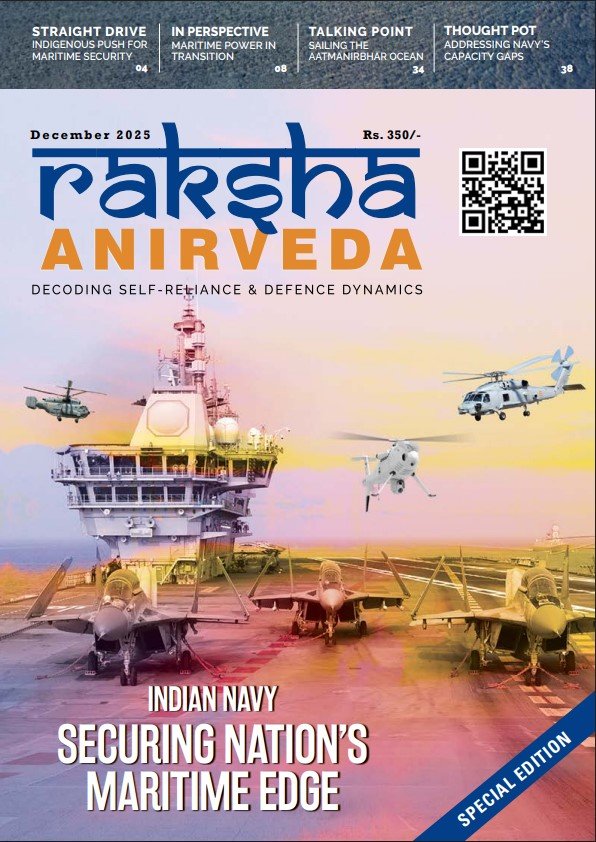New Delhi. The indigenous Kaveri engine development programme has entered a critical new phase, with nearly all developmental trials now completed under the Kaveri Dry Engine (KDE) initiative.
According to officials, the Gas Turbine Research Establishment (GTRE) has successfully addressed long-pending technical concerns and demonstrated sufficient progress to convince the Indian Air Force (IAF) to approve the Kaveri’s integration with the Light Combat Aircraft (LCA) Tejas airframe.
Hindustan Aeronautics Limited (HAL) has been designated as the lead integration partner for the afterburning variant of the Kaveri engine, which is expected to be tested extensively on the Tejas platform. Integration work has already begun, and program authorities have confirmed that approximately 50 hours of flight data with the Kaveri have been accumulated so far.
Over the coming eight months, the integration process is set to be completed in phases. The first two months, which are presently underway, are dedicated to flight data analysis in order to refine engine performance metrics and validate compatibility. Following this, gradual full-scale integration trials will proceed with increasing sortie profiles.
The Kaveri engine has recently been flown with an RPSA (Required Performance and Specific Altitude) flight profile, and validation against performance benchmarks has reportedly been completed.
Earlier challenges that had dogged the programme for years—including excessive engine weight, tendency towards quick stall at higher altitudes, oil leakage issues, and structural vibrations—have now been rectified. These improvements have significantly enhanced reliability and established a more stable performance envelope.
With these corrections in place, the Kaveri is showing promising consistency across test conditions. The renewed confidence in the engine’s progress marks a breakthrough moment, particularly given its earlier setbacks when it was declared unfit for Tejas integration nearly a decade ago.
Now, the contemporised variant with its afterburner module, integrated under HAL’s supervision, is drawing closer to demonstrating operational feasibility.
If the next eight months ago as scheduled, the Kaveri’s successful integration onto the Tejas platform could pave the way for its certification and eventual acceptance as an indigenous propulsion solution.
This would not only reduce dependence on foreign engines but also validate India’s technological capability in developing a modern, combat-capable afterburning turbofan.
The ongoing phase is crucial since data analysis and integration trials will establish whether the Kaveri can consistently meet thrust, endurance, and reliability requirements across multiple flight regimes. The programme’s recent trajectory and rectification of previous flaws indicate a stronger chance of achieving operational qualification in the near term.






